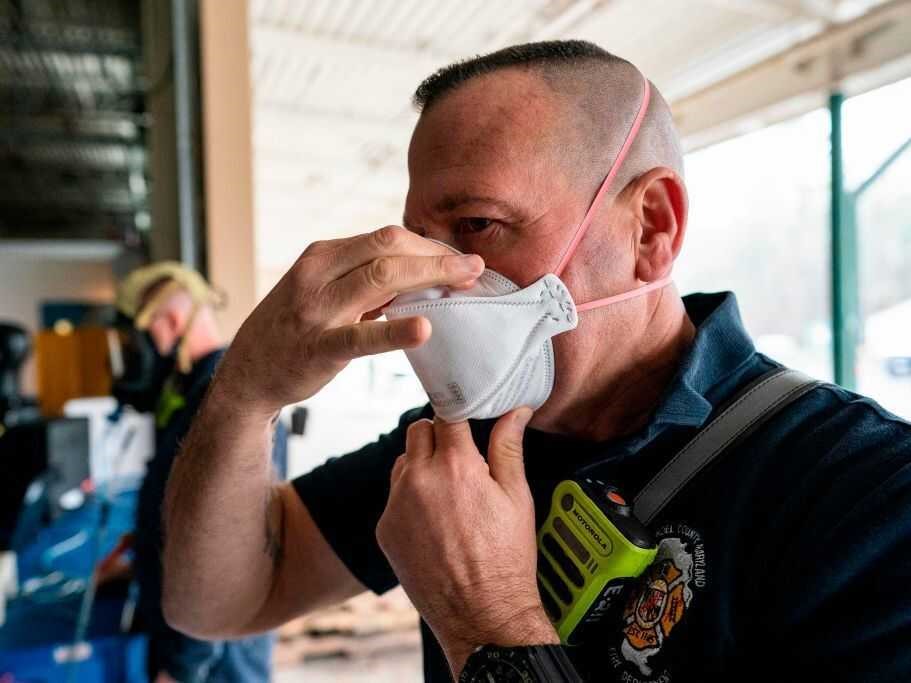Ensuring Optimal Protection: The Importance of Mask Fit Testing
In the quest for maintaining workplace safety, particularly in environments where airborne hazards are a concern, the significance of Masks Fit Testing cannot be overstated. This critical safety procedure ensures that the respiratory protection equipment used by employees provides the intended level of protection against hazardous substances. With the rising awareness of occupational health and safety standards, understanding the intricacies of Respiratory Mask Fit Test procedures has become paramount for organizations across various industries.

The Essence of a Proper Fit
A well-fitting respiratory mask is the cornerstone of adequate protection against airborne contaminants. Whether it’s dust, chemicals, or biological hazards, the mask’s fit on the user’s face determines its effectiveness. A gap or poor seal can render the most advanced respirator ineffective, allowing harmful particles to bypass the filter and be inhaled by the wearer. This is where the importance of Mask Fit Testing comes into play, ensuring that each worker is equipped with a mask that fits their unique facial features snugly and securely.
Conducting a Respiratory Mask Fit Test
A Respiratory Mask Fit Test is typically conducted in two main categories: qualitative and quantitative. The qualitative fit test relies on the wearer’s sensory detection of a test agent, such as taste or smell, to assess the mask’s fit. In contrast, a quantitative fit test measures the amount of leakage into the mask using specialist equipment, giving an unbiased evaluation of the mask’s fit.
Both methods require the wearer to perform a series of exercises that simulate movement during work, such as turning the head from side to side, moving the head up and down, talking, and bending over. These activities help to ensure that the mask remains effectively sealed against the face during typical work movements.
The Role of Professional Fit Testing Services
Given the critical nature of mask fit and the potential complexities involved in conducting accurate tests, many organizations turn to professional fit testing services. To guarantee conformity with safety norms and laws, these services have the knowledge and tools to conduct quantitative and qualitative fit testing. Moreover, they can provide invaluable guidance on the selection of appropriate respiratory protection equipment for various work environments and hazards.
In conclusion, it is essential to ensure the health and safety of personnel in hazardous work situations by regularly conducting mask fit testing and respiratory mask fit test sessions. It is a critical step that should be considered in the development and implementation of a comprehensive occupational health and safety program.
For further info, visit our site.
